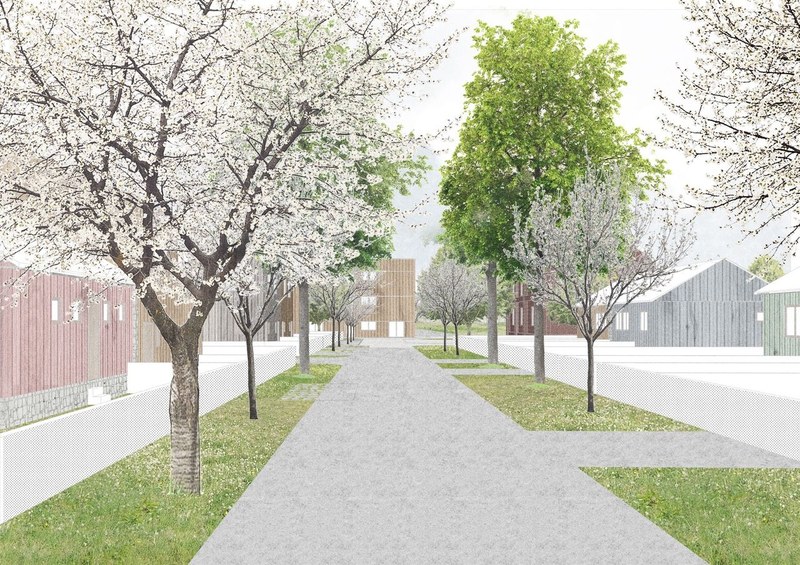
FORMER PROBLEM AREA WILL BE TRANSFORMED INTO A MODERN RESIDENTIAL COMPLEX
The City of Ostrava is planning a unique project to revitalize a former housing scheme at Bedřiška in the Hulváky district. This once-problematic area will be transformed into a modern residential complex offering an excellent quality of life. Existing buildings will be completely renovated, and new apartment blocks will also be built.

The aim of the City’s ground-breaking project is to transform this disadvantaged ghetto into a fully-fledged residential area, integrating it properly into the city as a whole. Besides reconstructing some of the existing buildings, the project will also create new apartment blocks and civic amenities; a key aspect of the plans is the involvement of the local community – which will then grow as new residents move to the area once the project is complete. The work will be funded from a combination of public and private sources. An urban planning study has been completed, and it will form the basis for more detailed plans; the authors of the study, from the RE:ARCHITEKTI architectural studio, have divided the project implementation into several phases.
Ostrava’s Mayor Tomáš Macura explained the benefits of the project: “Bedřiška is a former miners’ housing scheme, and before the Velvet Revolution of 1989 there were plans to demolish it entirely. Our decision to revitalize the area was inspired by the people who live there. When Bedřiška was facing its greatest challenges, they came together, joined forces, and started to make their own step-by-step improvements to their everyday environment, even though their resources were very limited. We certainly do not want to waste the Bedřiška community’s unique energy, so we opted for an unusual approach and commissioned an urban planning study which operates on two levels. One level consists of technical recommendations concerning which buildings can be renovated and which ones need to be replaced. The second level sets out who needs to do what – including the local community, which will grow as new residents move in. ‘New Bedřiška’ will offer an attractive place to live for those who enjoy being in a very green, almost rural environment which is nevertheless located in the heart of the conurbation.”
The study divides the project implementation into four separate phases, and estimates the total cost of the work at 472 million CZK. Publicly funded investments will revitalize public spaces, reconstruct existing technical infrastructure and build new infrastructure, as well as constructing new apartment blocks and detached houses. A private investor will fund the construction of new apartments. The precise proportion of public / private funding will be the subject of future discussions. When the project is complete, Bedřiška will be home to around 540 people.
Eva Lehotská has fought to save Bedřiška from demolition for many years; a former resident, she is still in daily contact with the local community. She expressed her satisfaction with the City’s approach: “I’m glad that Ostrava’s current leaders are aware that any city’s greatest wealth lies in its people – its active citizens – and that Ostrava appreciates and supports their involvement in shaping their community’s future. One positive aspect of the project is that current residents will continue to live at Bedřiška. I hope that the renovation work on the old miners’ cottages will begin soon, so that their residents will be able to enjoy living in them. After all, they’ve always been very patient, undemanding residents; for many years they have been model tenants who’ve gone above and beyond what was legally required of them when maintaining the housing stock. Bedřiška has the potential to become a model project which will inspire similar efforts not only in Ostrava, but throughout the Czech Republic. It’s a positive example of a community initiative which harnesses people’s sense of belonging to the place where they live.”
